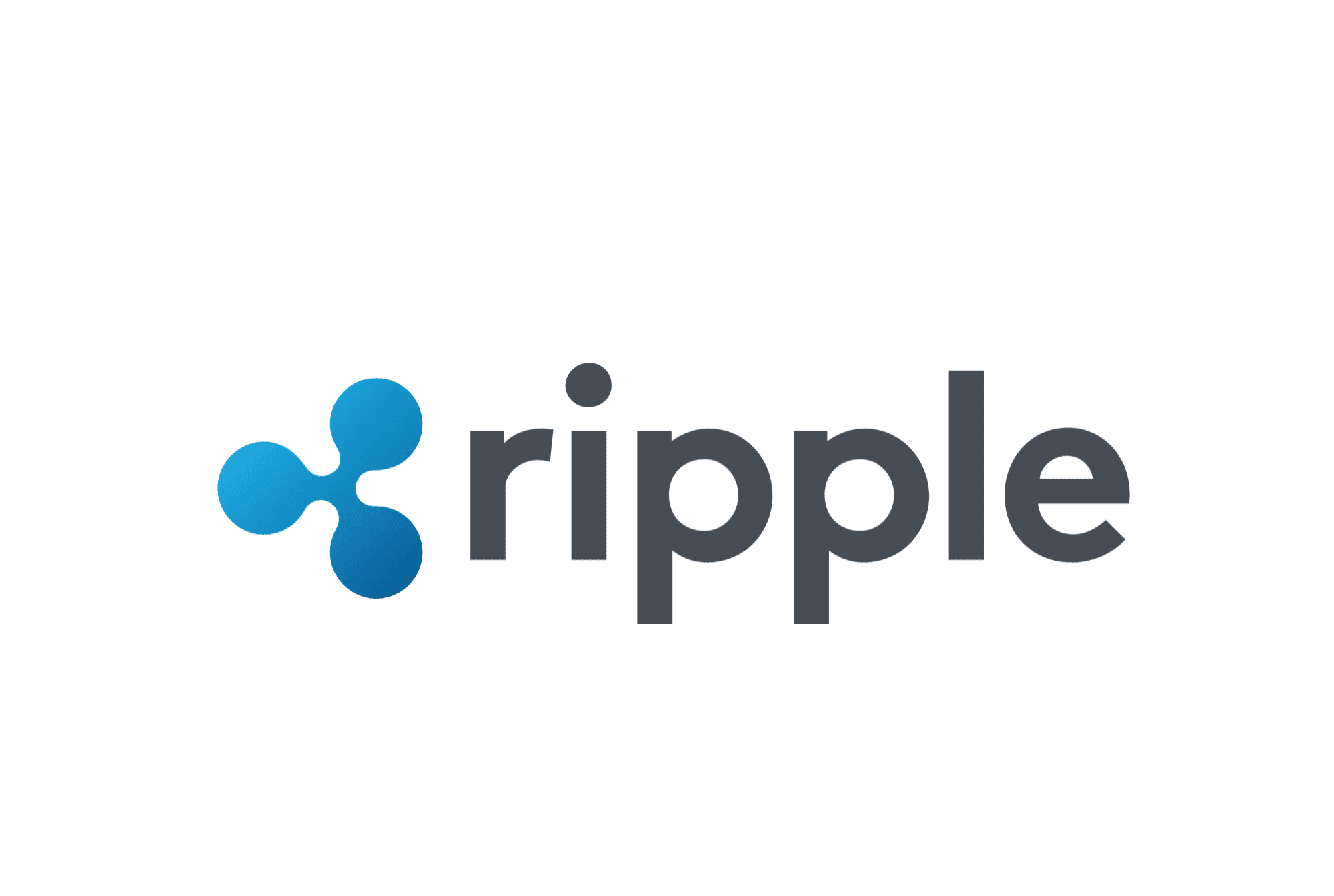Ripple explanation.
Ripple (XRP)
Ripple was created to be a way for the banks to essentially expand their infrastructure. In current banking systems, if you wanted to send money to someone overseas you would need to pay an exchange rate fee, then the money would be transferred from country A to Country B. For example if you sent cash from Australia using Westpac bank to America, Westpac needs to send your money to a Westpac Exchange in America and then it is Exchanged to USD and then sent to the persons account in America. This is the reason why it takes 3-5 business days in order for the payment to arrive.
Ripple allows you to send your currency of choice into ripple, then send it to a person somewhere in the world for any kind of other currency. So you could send Bitcoin through ripple and the recipient can receive it in USD for the equivalent amount sent. However for these transactions to occur you need to pay a small fee in XRP which is Ripples cryptocurrency.

Ripple has no Proof of work or Proof of stake
Currently there is 100billion ripple, about 33 billion being traded at the moment. Ripple plan to release coins as the need more, and so with this model there is no need for a proof of work of anything like that. Instead there are nodes that are running just to verify the transactions and are acting similarly to a third trusted party. However anyone can be a node and there needs to be a consensus for any rules to change.
Super fast!
Ripple are working on having 6 second transactions from any one bank to another, this will change banks in terms of how fast transaction and exchange times happen. It allows you to be able to send money from your bank to anywhere in the world in just 6 seconds, Killing the 3-5 business day turn around, better yet it will only cost a small amount of XRP in transaction fees rather than a $20 exchange rate fee.